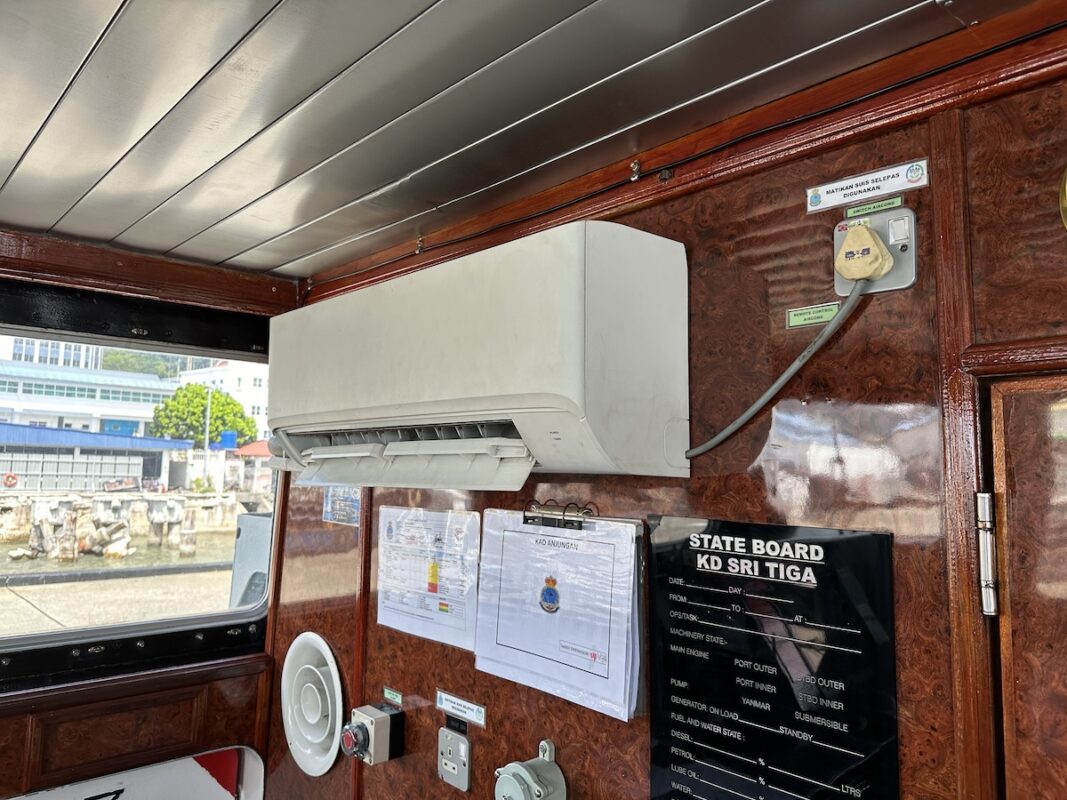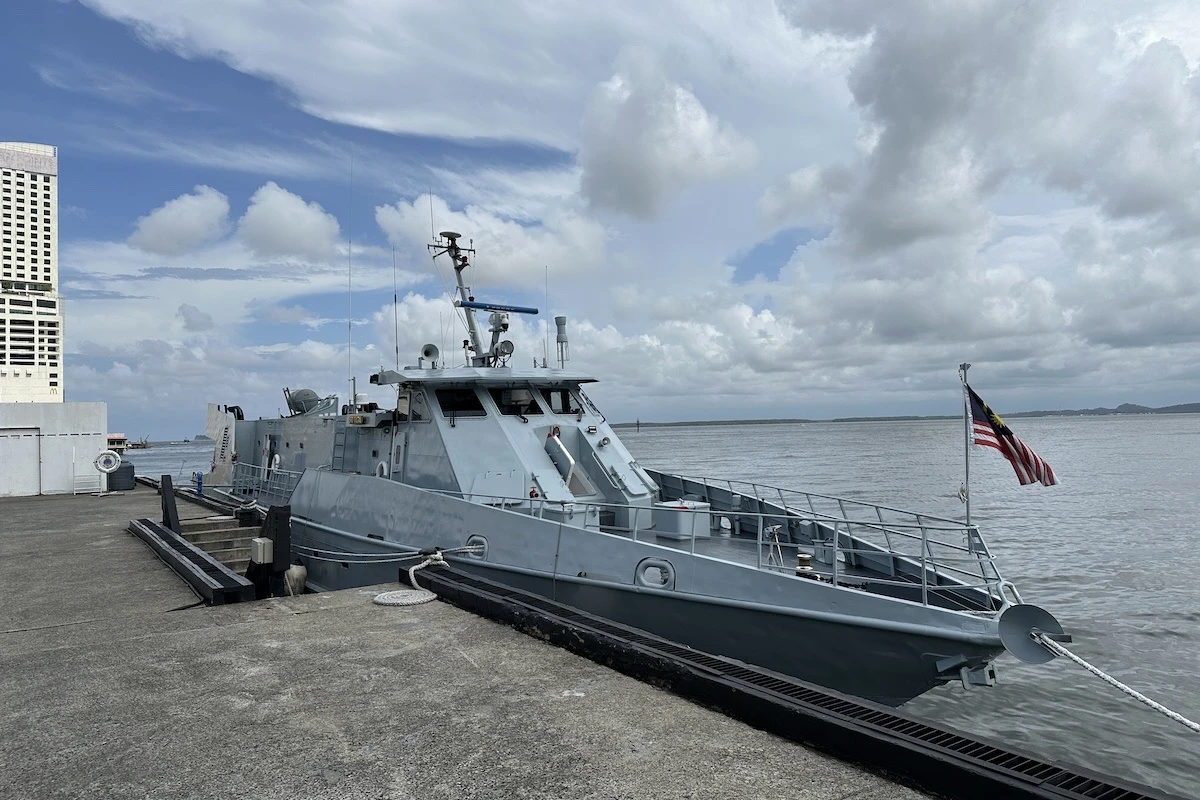How the Air Conditioning System in Navy Ships Works?
Navy ships are equipped with an air conditioning system to keep the crews comfortable while they’re on duty. The air conditioning system in Navy ships works differently than the one found in buildings. For those who are curious, here’s how it works.
The AC plant produces chilled water and sends it to the air handler which cools the air. The heat absorbed by the chilled water is rejected at the condenser of the AC plant. The seawater pump draws seawater to absorb the heat at the condenser and discharge it back to the sea.
One of the air conditioning systems used in navy ships is chilled water. There is another type of air conditioning system which is known as the direct system.
Types of AC Systems in Navy Ships
In navy ships, there are two types of air conditioning systems used. The first type is more of a traditional type which is known as the direct system. The second type is called the chilled water system.
Direct System
The direct system is a short form for the direct expansion system (DX system). The name comes from the refrigerant being directly expanded at the evaporator for cooling. In contrast, indirect expansion means the refrigerant doesn’t go into the evaporator.
In a direct system, the air handler is the evaporator. The compressor and the condenser are part of the AC plant. The AC plant compresses the refrigerant, cools it using seawater, and sends it to the evaporator (air handler).
A separate seawater pump is used to draw and pump seawater through the condenser and back to the sea. At the condenser, the seawater absorbs heat from the hot refrigerant.
The evaporator is connected to the AC plant by a pair of refrigerant pipes. When the refrigerant expands at the evaporator, its temperature drops rapidly which allows the heat in the cabin to be absorbed. Then, the refrigerant goes back to the AC plant.
The direct AC system used in navy ships resembles the DX split air conditioning system used in buildings. Both systems work very similarly except for the heat rejection method which, seawater is used for the navy system instead of air.
Chilled Water System
The other type of air conditioning system used in navy ships is called the chilled water system. It works similarly to those found in commercial buildings with a slight variance.
In a chilled water system, the air handler uses a water-cooling coil. Chilled water at about 7°C is sent to the water cooling coil, which cools the air. After absorbing the heat, the chilled water returns to the AC plant at about 12°C.
At the AC plant, the refrigeration system absorbs heat from the chilled water and rejects it to the seawater as well. The AC plant has its own evaporator and condenser.
The chilled water system is more complex than the direct system. It has several more components which increases the first cost. However, the chilled water system is more energy efficient.
Air Distribution System in Navy Ships
Malaysia’s fast troop vessel KD Sri Tiga (whom I visited for design survey) has two air handlers; one for the port, and one for the starboard. Each air handler has an AC plant located in the same room.
Due to centralization, the air handlers use ducts and vents for air distribution. The ducts run across the entire ship and conditioned air is supplied through dedicated vents. The ducts are well-insulated to minimize energy loss.
Depending on how much airflow is needed, regular double deflection grilles or jet diffusers can be used for the supply air. As for the return air, the standard louver grille is used.
In some navy ships, there is sufficient space for the return air to be ducted back to the air handler. However, in KD Sri Tiga, the air returns freely via the door grille.
Ductless Air Conditioner (Mini Split) in Navy Ships
Although the KD Sri Gaya has two powerful air handlers, they’ve lost performance over the years. As a result, the wheelhouse (where the captain sails the ship) suffers from undercooling.
As a temporary solution, the crews installed a mini split system and it works. I was shocked but also amazed by their creativity. Here are the photos that I took that day:


The indoor unit was mounted on the interior wall while the outdoor unit was just sitting on the open deck a few feet from the wheelhouse. The perforated metal casing you see in the photo is what the crews used to protect the outdoor unit.
Takeaways
Overall, navy ships use either a direct air conditioning system or a chilled water system for cooling. Due to space limitations, centralization with the use of ducts and vents is the preferred air distribution method. And finally, the biggest difference between the AC system in a building and a Navy ship is how the heat is being rejected. Navy ships use seawater for heat rejection.
If you have anything to add (or ask) about this topic, leave a comment down below!









